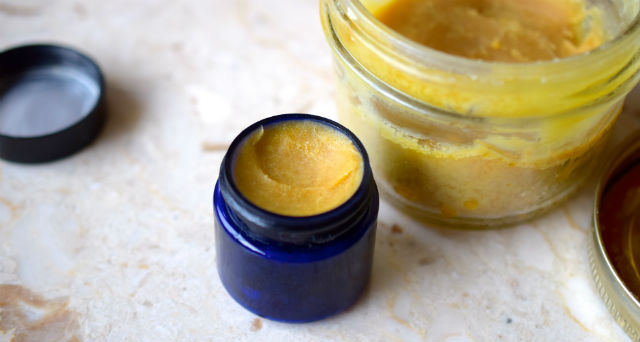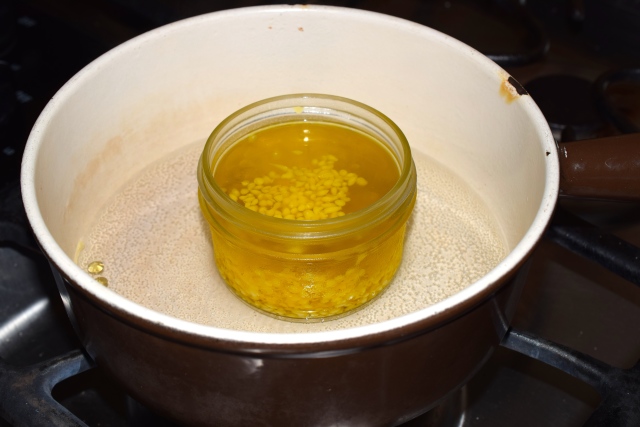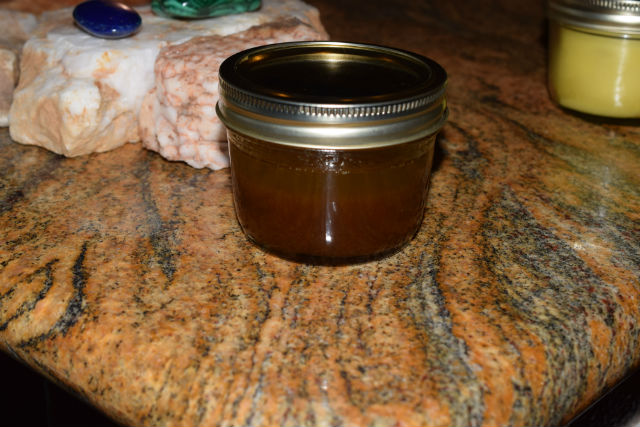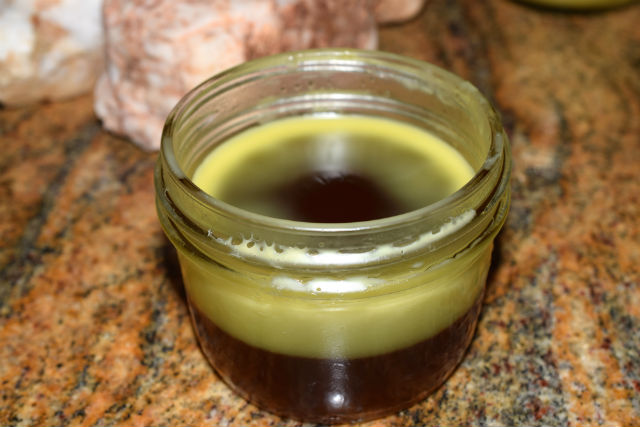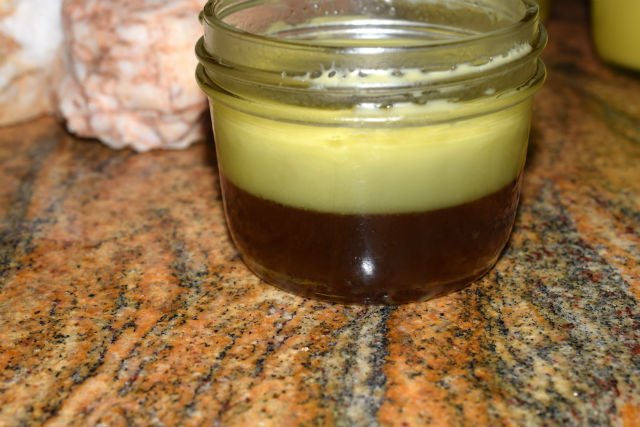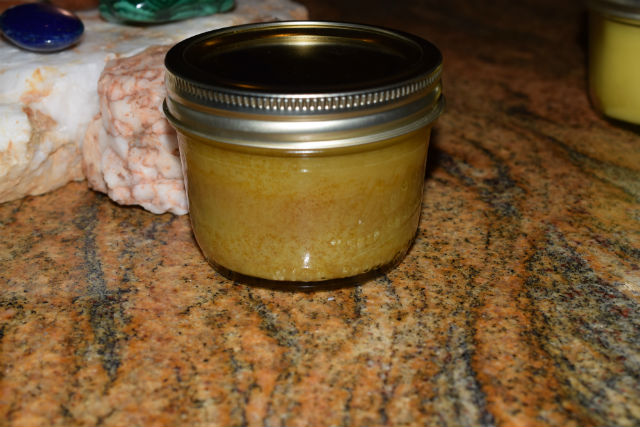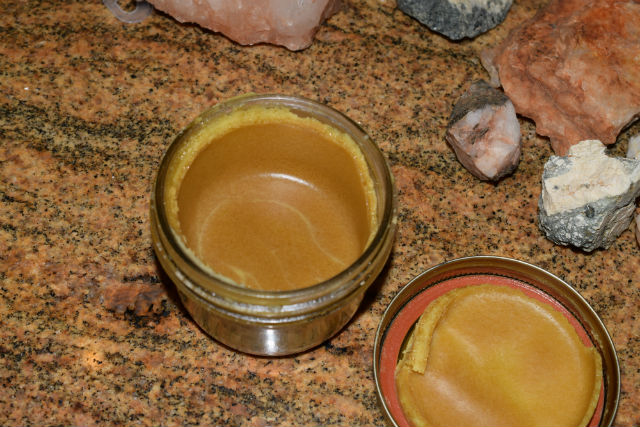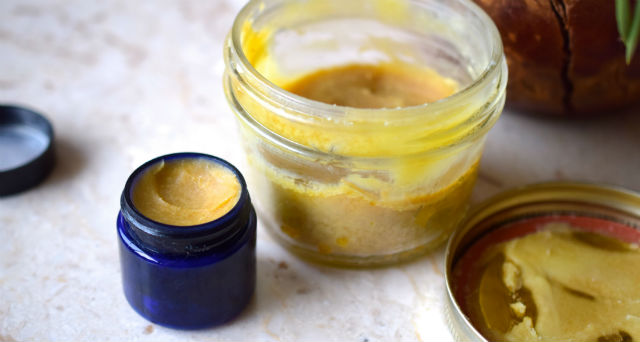I came across some scientific research in a journal that shows an interesting combination of ingredients used to help skin disorders such as psoriasis, eczema, dermatitis, and other skin ailments. I based this recipe on that research.
The study found that the ingredients of honey, olive oil, and beeswax are effective against Staphylococcus Aureus and Candida Albicans. The honey mixture used for this study is in a ratio of 1:1:1 — meaning one part honey, one part olive oil, one part beeswax (by volume). This results in a mixture that is 50% honey by weight.
We have been finding great success with this mixture for eczema and psoriasis. But I also love it as a lip balm — it’s kind of tasty. You might be able to use this an ointment in place of over-the-counter antibiotic ointments such as Neosporin.
Homemade Honey Olive Bee Balm
Helpful for eczema, psoriasis, and dermatitis
2 Tablespoons honey (if possible use local raw honey)
2 Tablespoons 100% pure Olive Oil
2 Tablespoons 100% pure Beeswax
Combine all three ingredients in a glass Mason jar. Place the jar in a saucepan of water, and heat over the stove until all the ingredients have melted. Stir to mix. Remove jar from pan of water. Let cool for about 5 minutes. Cover the jar with the lid and tighten it. Next, shake the jar every few minutes until it begins to solidify. If you do not shake it while it is cooling, the mixture will separate into two layers. If this happens to you, melt the mixture and start over, being careful to shake the ingredients as they cool to room temperature.
Apply the balm to eczema, psoriasis, dermatitis. I have also used this as a lip balm. It is a little bit sticky when it goes on, but the stickiness goes away quickly.
Melt the ingredients over the stove in a Mason jar, in a saucepan with water: (do not put water in jar, only about 2 inches of water should be in the saucepan.)
Cover and shake:
If you forget to shake it the contents will begin to separate and solidify in layers. Do not let this happen: (if it does, start over by melting it again, and then shake it until it cools. Don’t let it cool and separate. Instead, shake it until cool. It should not look like this:
This is how it should look if you have been shaking it:
You can scoop it into smaller containers for use:
Journal References:
Clinical and mycological benefits of topical application of honey, olive oil and beeswax in diaper dermatitis, Journal of Clinical Microbiology and Infection
Topical honey application vs. acyclovir for the treatment of recurrent herpes simplex lesions, Medical Science Monitor

